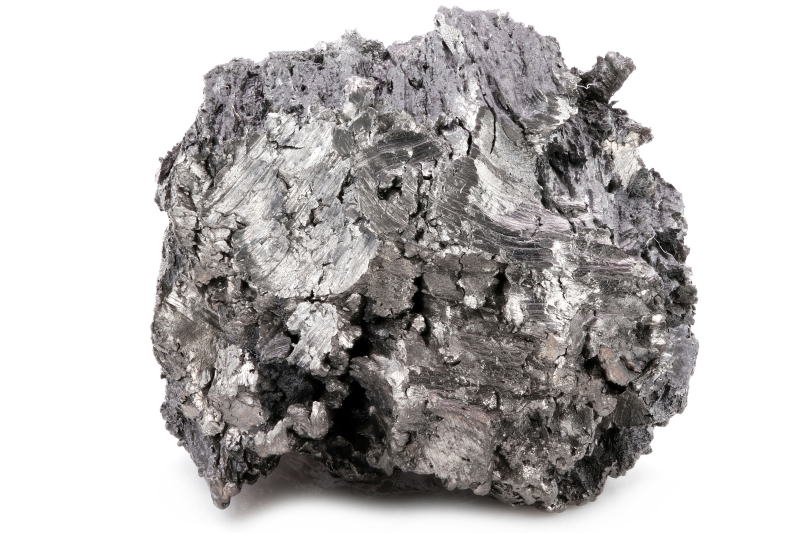Canada invests in critical minerals
A CA$4.9mln investment into the Saskatchewan Research Council (SRC) has been announced by Canada.

Terbium is one of the rare earth elements that Canada will now be able to produce at a commercial scale.
© Bjoern Wylezich/ShutterstockThe SRC will develop a process to separate rare-earth elements (REE), to increase the supply of battery metals as part of the Critical Minerals Research, Development and Demonstration (CMRDD) programme.
Instead of shipping Canada’s concentrates overseas for foreign separation, this project will support Canada’s direct participation in the growing market for rare-earth elements.
The investment means the SRC will have the ability to produce around 20t per year of dysprosium (Dy) oxide and around 5t per year of terbium (Tb) oxide, which is enough to manufacture permanent magnets to build electric motors for nearly half a million electric vehicles.
The funding will be used to add Dy and Tb separation capability to SRC’s existing rare-earth processing facility and will use the building, utilities and the equipment that recycles 100% of the processed water and chemicals.
The feed to the Dy and Tb processing will be derived from SRC’s existing facility.
Dy is primarily used in the production of magnets, lighting and nuclear reactors. Tb is primarily used in the production of phosphors for fluorescent lamps and LEDs, magnets and optical devices like lasers and optical fibres.
The Honourable Jonathan Wilkinson, Minister of Energy and Natural Resources who announced the funding, says, ‘Critical minerals, like the rare-earth elements that will be produced through SRC’s innovative new separation process, are integral parts of the electric vehicle value chain…Investments like this one are advancing our ambitious goals while also creating good jobs and building a prosperous and sustainable low-carbon economy.’







